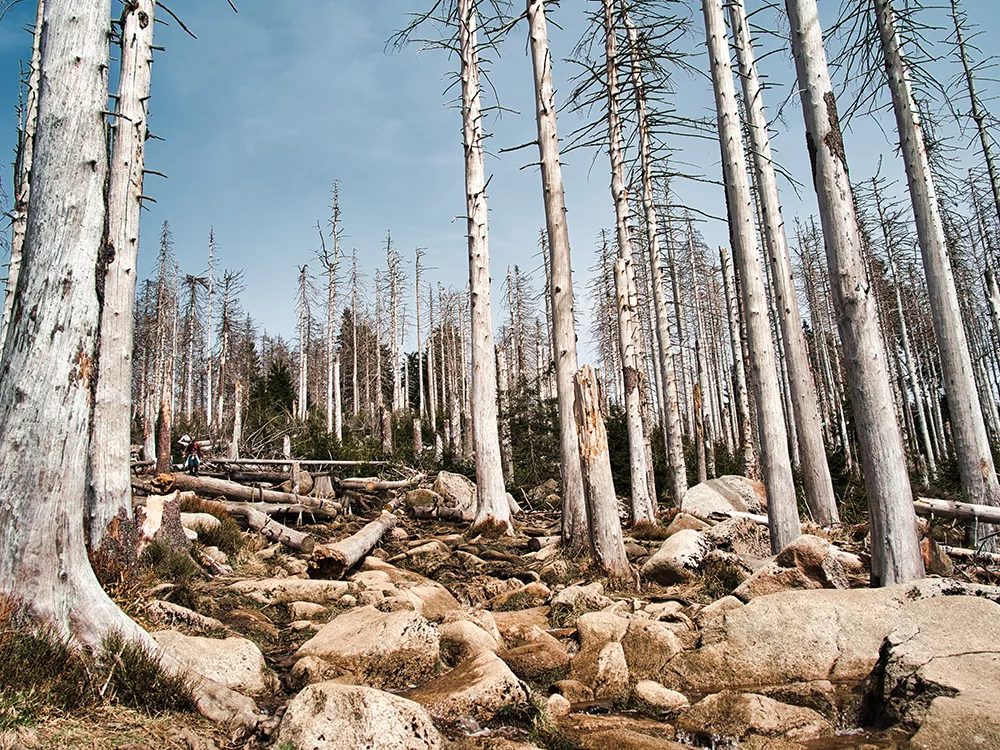The Arbor Day Foundation is pledging 10 million trees to areas impacted by hurricanes Helene, Milton Help us replant
Bulletin
What Ails Your Tree?
Trees, like people, all eventually develop a condition we do not welcome. Often it is something minor and may go away on its own, like a mild cold in humans. Other times, the problem may be more serious and need urgent care. No one can become an expert in diagnosis from reading a bulletin, but this issue will help you know what to look for and how to communicate with professionals who can tell you how to help your tree – if, in fact, it does need help.

One of the first lessons learned by a freshman forestry student is that wildfires are not the greatest cause of tree loss in the forest.
The greater culprits are insects and diseases.
In the urban forest, insect and disease pests vie with urban sprawl and construction for infamy as the top cause of tree mortality. Communities spend an enormous amount of money protecting their valuable, green infrastructure against these shade tree pests. For example, since the invasion of the Asian longhorned beetle in 1996, New York City and Long Island have spent between $13 million and $40 million per year in an attempt to control this destructive pest. Other control expenses, to say nothing of research and prevention costs, are almost incomprehensible.
To homeowners, not only are street and park trees important, but also those in the backyard. Collectively, we spend millions of dollars annually trying to protect these precious trees against pests. In some cases, it is a worthwhile investment. In others, it is a waste of money. How is one to know a serious threat from a harmless and temporary problem? And where does one turn for help?
Since it is impossible to identify all pest symptoms or what to do about them, experts suggest: (1) knowing enough about pests to narrow down the possible causes of damage, and (2) knowing who to contact and what information these authorities will need in order to help you.
In This Bulletin
Here’s what’s inside:
- Some General Guidelines – tips for assessing your tree
- Narrowing Down the Problem – using signs and symptoms to speed up diagnosis
- The 10 Most Unwanted Pests – the most threatening issues facing your trees
- How to Get Help for Your Trees – seeking out a competent diagnosis

